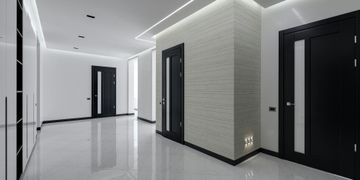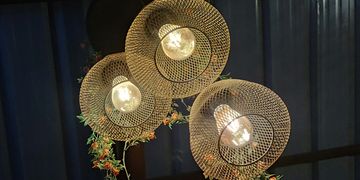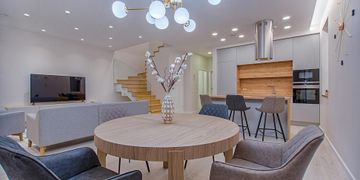The Impact of Lighting on Mood and Productivity
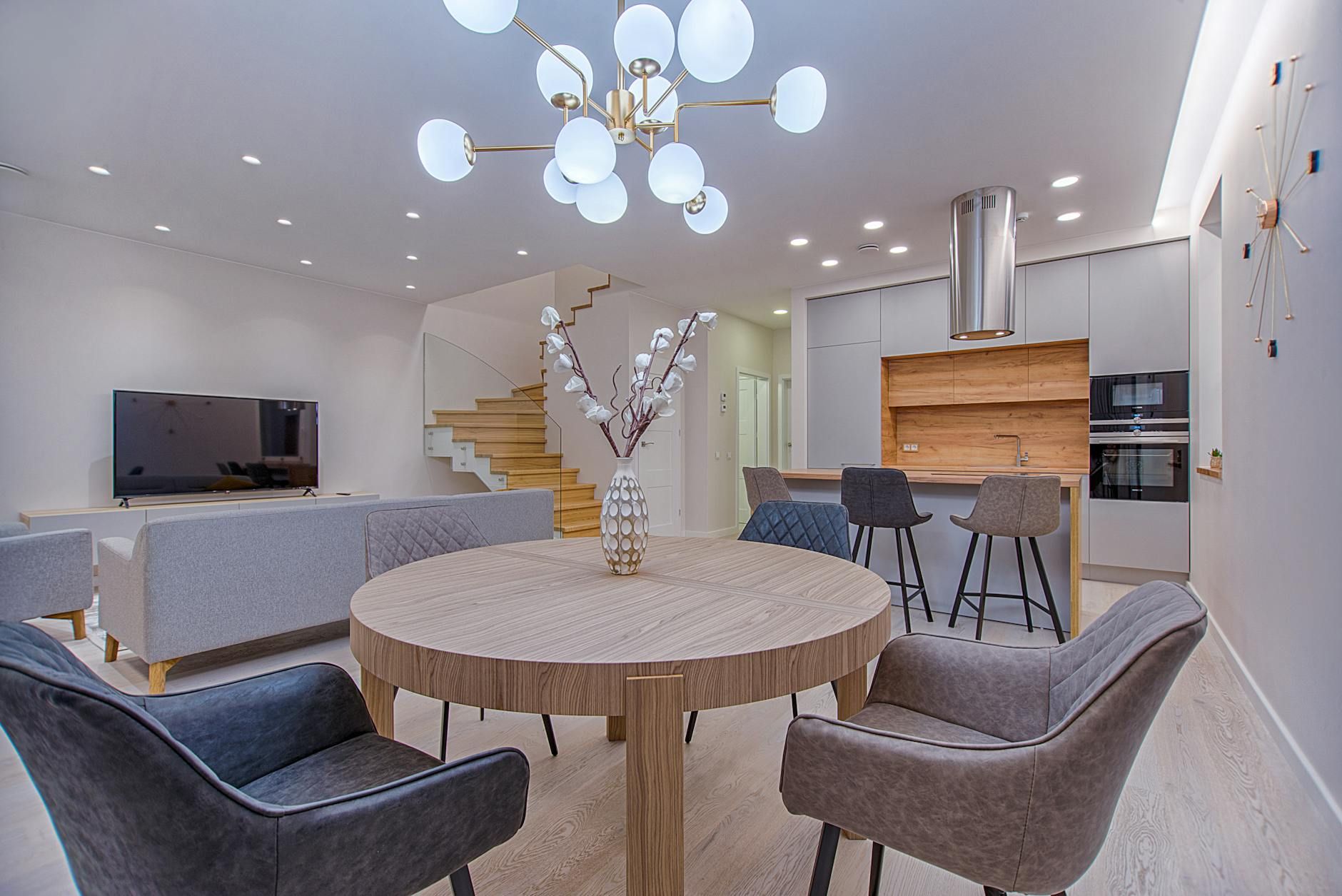
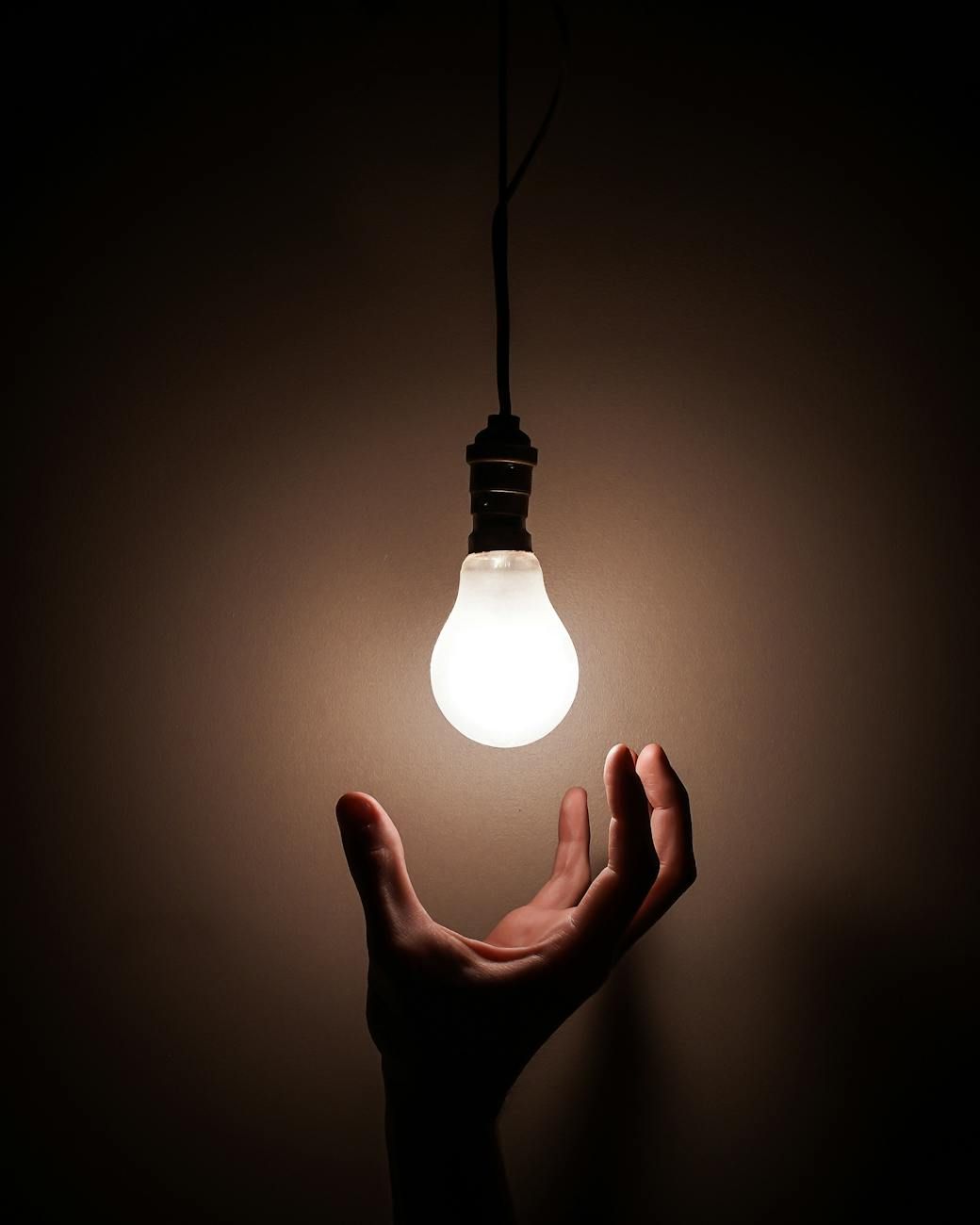
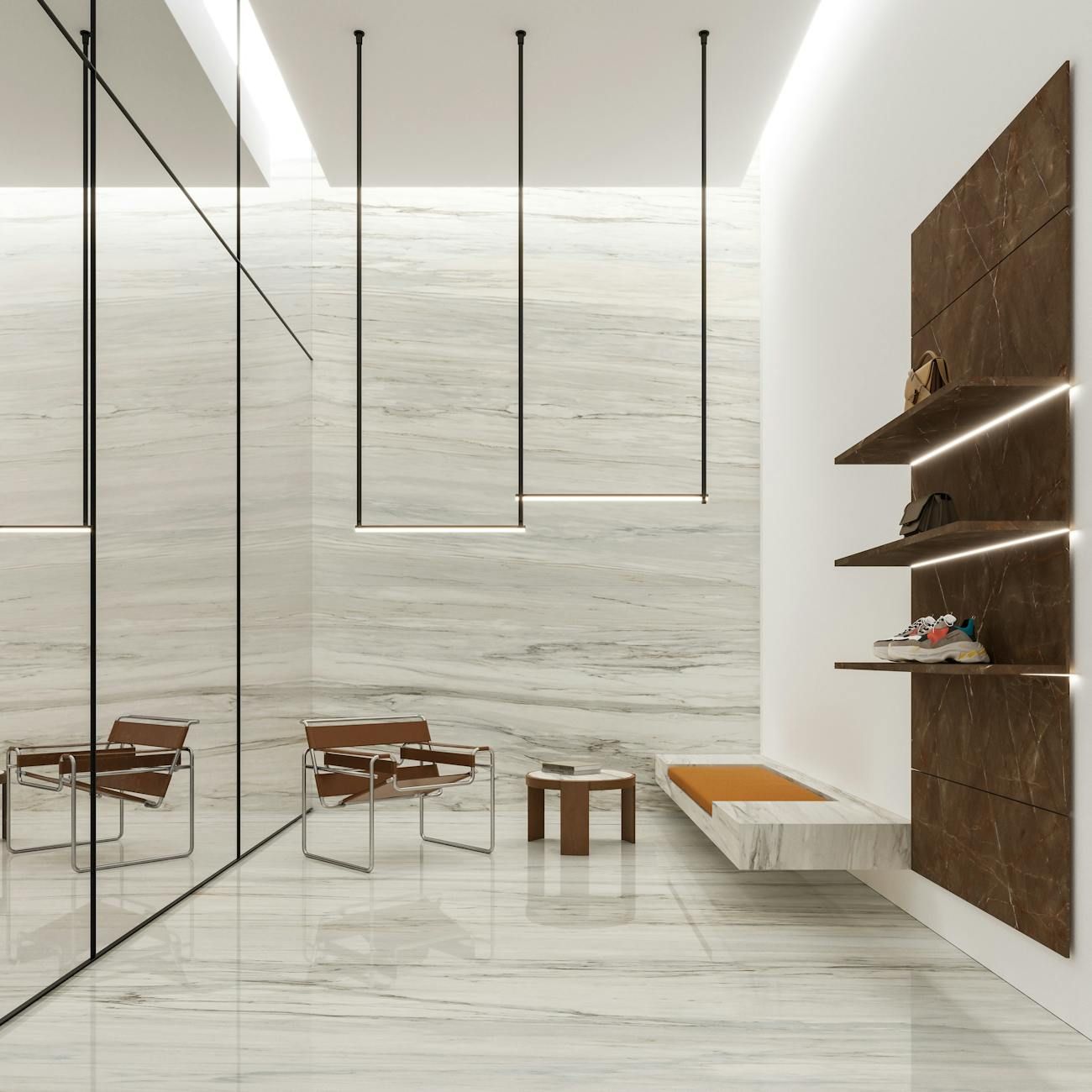
Lighting plays a significant role in influencing our mood and productivity in various settings, including homes, offices, schools, and public spaces. The quality and quantity of light we are exposed to can impact our energy levels, concentration, and overall well-being. In this article, we will delve into the impact of lighting on mood and productivity, exploring how factors such as color temperature, natural light, artificial lighting, and the psychology of light can affect us in different ways.
Color temperature is a crucial element of lighting that can influence our mood and behavior. Different color temperatures, measured in Kelvin, can evoke different emotional responses. For example, cool light with higher color temperatures (above 5000K) like daylight can promote alertness and focus, making it ideal for work environments where concentration is key. On the other hand, warm light with lower color temperatures (below 3000K) can create a cozy and relaxing atmosphere, perfect for unwinding at home or in leisure spaces.
Natural light, also known as daylight, is considered the gold standard of lighting due to its positive effects on our well-being. Exposure to natural light has been linked to improved mood, enhanced cognitive function, and better sleep patterns. Incorporating natural light into indoor spaces through windows, skylights, and architectural layouts can help create a stimulating environment that boosts productivity and overall happiness.
Artificial lighting, on the other hand, is designed to mimic natural light and provide illumination in spaces where daylight may be limited. However, not all artificial lighting is created equal. Poorly designed lighting systems with harsh glare, flicker, or inadequate brightness can have negative impacts on our mood and productivity. By choosing high-quality, energy-efficient lighting fixtures that offer flexibility in brightness and color temperature, we can create a more comfortable and inviting space for work or relaxation.
The psychology of light explores how light influences our emotions, behaviors, and perceptions. Light can elicit different responses based on factors such as intensity, direction, and color. Bright, uniform lighting can promote a sense of safety and cleanliness in public areas, while softer, warmer lighting can create a more intimate and inviting atmosphere in restaurants or homes. Understanding how to use light effectively in different settings can help us design spaces that cater to our psychological and emotional needs.
When it comes to productivity, lighting plays a critical role in shaping our work environment. Well-lit spaces that balance natural and artificial light can enhance focus, creativity, and overall performance. By optimizing lighting conditions based on the tasks at hand – whether it's reading, writing, or collaborating – we can create an environment that supports productivity and reduces eye strain and fatigue.
Furthermore, the impact of lighting extends beyond productivity to our health and well-being. Exposure to inadequate or poor-quality lighting can lead to symptoms such as headaches, eye strain, and disrupted sleep patterns. By prioritizing lighting design that considers factors like color temperature, brightness levels, and lighting controls, we can create spaces that promote our physical and mental health.
In conclusion, lighting has a profound impact on our mood and productivity, influencing how we feel and perform in different environments. By understanding the importance of factors like color temperature, natural light, artificial lighting, and the psychology of light, we can design spaces that support our well-being and enhance our quality of life.

